Argentina’s
economic collapse is a valuable case-study because of its unique
circumstances. There are countries that have existed in poverty for
thousands of years, where most of the population has lived in awful
conditions their entire lives. While that is tragic, it does not
represent a good example as of what happens to a developed nation, both
economically and socially, when it collapses due to numerous factors
both local and foreign. When the world shuddered during the 1929
financial crisis, Argentina had the world’s 4th largest GDP. The country
had a strong and well-educated middle class, respectable local
industry, an enviable amount of natural resources and agriculture which
earned it the nickname of “granary of the world”.
I have often
written about how life after an economic collapse is not what most
people believe it to be. There’s no fancy bugging out into the woods,
there’s, zero, zip , nada use of most of the equipment that is so often
advertised as essential to survival. There’s no camping, no hunting, and
no epic battles against zombies or colorful Mad Max type gangs.
But
then again, what IS it like? What Discovery Channel and other reality
TV show “experts” tell us is not it. But what’s it like to live,
struggle, work and raise a family? What do you see happening during an
ordinary day? What concerns people? What works, and what doesn’t? The
short answer is in this article’s title. It’s the same, only worse.
Nothing good come out of it. Sure, you can say that surviving a plane
crash brought your family together, or getting over a disease made you
appreciate life more, but at the end of the day you don’t wish either
one on anyone.
Crime

Crime has always been a problem in Argentina but you could most
certainly see a drastic change after 2001. It used to be that everyone
locked their doors at night but some people had alarms in their houses,
some had fences and in even fewer cases some houses had burglar bars on
the windows. After 2001, you quickly saw home security becoming more of a
concern each passing month. A couple years later it was hard to spot a
house without burglar bars on the windows. Those that didn’t upscale
their home security ended up paying for it. On the streets it was the
same thing. Before 2001 everyone knew of someone that had been mugged,
maybe someone that had been carjacked or even an incident of home
invasion in the neighborhood once a year or so. By 2014 home invasions
are practically a daily occurrence in each neighborhood and it’s almost
impossible to find a person that hasn’t been a victim of crime in the
past decade. At the very least, people had a cellphone or a purse
snatch. It’s common to come across people that have been held at
gunpoint and carjacked not just once, but two times or more in recent
years. Every person I know has had a family member killed or at least
seriously wounded during a robbery. By 2011, Argentina was the country
with the most robberies in Latin America (UN data), with 973,3 robberies
per 100.000 inhabitants. Mexico came second with 688 robberies. Brazil
ended up in third place with 572,7.
http://www.infobae.com/2013/11/14/1523693-para-la-onu-argentina-es-el-pais-america-latina-mas-robos-habitante
It becomes a part of life, you just deal with it and accept, yes,
that’s the word, you “accept” this as an inevitable part of life as much
as you accept the possibility of getting sick or being involved in a
car accident. When crime happens so often and it becomes such a high
risk factor you have two choices: You either accept it as a part of life
and chose not to worry beyond some basic common sense safety measures
and carry on with your life, trying not to worry about it anymore than
you worry about getting hit by lighting, or you do something about it.
You try to improve security in all aspects of life as much as possible,
home security, armed and unarmed self-defense, learning defensive
driving techniques, taking as many passive and active security measures
and precautions as you can. You carry weapons to defend yourself. You
learn how to use them. You make yourself as unappealing as a potential
victim as possible. You avoid dangerous situations and places. Basically
you learn to live in a constant state of alert. While the second path
is more likely to keep you safe, it’s also the more stressful one. I
don’t need to tell you which path most people end up taking.
Social Instability

As soon as banks close their doors, the protest started on the streets.
First in was against banks stealing people’s money. Then it was against
the politicians that allowed it. During the riots of December 19th and
20th of 2001 cars and buildings were burned down and over 30 people died
in various incidents across the country, but once the dust had settled
we understood that the rioting and civil unrest that we simply never saw
before to any considerable extent was now here to stay. Riots,
roadblocks and protests were part of everyday life. Sometimes they were
violent, sometimes stores got vandalized. The inflation, unemployment
and in many cases true hunger didn’t help. At times it was just a matter
of a grocery store giving up some food to avoid being looted.
Sometimes, when it was really just about a few hundred people showing up
half begging half demanding food, sometimes that was enough to avoid
getting a store looted. Most of all it was a matter of waking up every
day, checking the news to see if there was any ongoing protest or any
planned area of conflict and find alternative routes to wherever you
needed to go. If you got caught my a mob it could turn ugly, but in
general it was more of a nuisance, knowing you would waste a couple
hours of your day just to cover a few miles across the city. Strikes
also occurred with frequency, sometimes unannounced. You’d lose buses,
trains, even flights because of this or that group going on strike. If
you had a child in a public school, you could expect him to lose up to
30% of class days due to one form of strike or union problem or another.
Public offices were particularly prone to this type of problem. Between
strikes, those days when the network went down, or there was no power,
combined with their natural incompetence made any paperwork involving
public workers a true nightmare. You need to have your car’s annual
check or test? No problem. Be ready to lose your entire day for
something that shouldn’t take more than 20 minutes in any half civilized
country.
This would become a common pattern in Argentina. Thing’s
“sort of” work. You have cops in Argentina, but you better know how to
defend yourself. You have an electric grid and you pay your power bill,
but expect to go 2 or 3 days a week without power in summer. You have
tap water, you sure pay for it, but only a fool would drink it without
filtering first.
Power
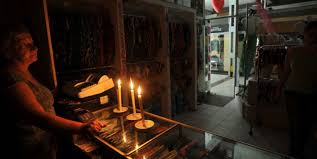
Electric power is one of the best metaphors of the situation in
Argentina: It doesn’t work when you need it the most, and even when it
does it’s of awful quality. When you do have electricity, it’s usually
of lower voltage than the standard 220V. Sometimes it’s so low air
conditioners and microwaves won’t even work, and that’s when you have
power. During summer time when electricity is in greater demand because
of the intense South American heat, expect frequent outages which may
last days, even weeks in some cases. The reasons for these problems are
numerous. Because of poor regulations and corruption companies rarely
kept up with the necessary infrastructure updates. This only got worse
after 2001 with the devaluation and price increase of imported supplies.
Power has been subsidized in Argentina for several years now and the
price has been kept down artificially, making the problem of lack of
investment even worse. During summer time it’s common for transformers
to blow up. There’s also the constant problem of cable theft due to
their copper content. Because of the lack of investment in power
generation, along with thousands of millions spend in projects where the
money disappeared without a single brick ever being laid, Argentina was
forced to spend 9.500 million Usd importing energy in 2011 alone.
If you expect to have power, you better get yourself a generator.
Without one most stores wouldn’t be able to stay open for business. A
voltage elevator is also a necessary investment so as to compensate for
the low voltage “dirty” power that at times is useless.
Communications

Something similar happens regarding telecommunications. The lack of
investment while adding new customers means the network is
oversaturated. Operators in Argentina work at 135 MHz, which is half or
what they use in Chile and one third of what’s used in Brazil. It is
estimated that over 60% of the calls experience problems, from lack of
signal to dropped calls. Cell phone communication falls, again, in that
gray area of post-2001 Argentina: they kinda work, sometimes. You can
pay for 3G connection, but getting it is a matter of luck.
Floods
The problem is again, lack of investment and infrastructure. It also
comes into play the enormous amount of litter on the streets which clog
storm drains. Storm drains are also made of pretty heavy metal so…
remember the inflation problems, along with crime and unemployment?
Storm drain grated inlets are usually made of heavy iron. That iron
fetches a nice price when sold, so these where stolen all over the
country. Everything from statues, historic plaques in monuments and even
doorknobs have been stolen because of the price of metals.
If flood
prevention investment is a problem in developed nations, you can
imagine how bad it gets in a place like Argentina. Without hurricanes or
even serious storms, just heavy rain is enough to end in tragedy. In
April 2013 a flood in the capital city La Plata claimed over 100 lives.
As years go by and the infrastructure is not only not upgraded but
deteriorating, floods are yet another problem people in Buenos Aires
have to deal with.
Transportation

Driving around Buenos Aires isn’t for everyone. Roads are in awful
condition, people literally drive like maniacs and if that’s not enough,
you also have to worry about getting carjacked or mugged in a red
light. People from developed nations that try to drive in Argentina
usually give up after the first attempt. They can’t understand why no
one respects basic traffic rules, why they seem to cut you off for no
reason, let alone roll down the window and insult you.
Yet again,
lack of investment and corruption is key to explain why this happens.
The money that is stolen isnt there to put up traffic signs, fix roads
or build more of them. There’s no investment in driver education either.
More often than not people get their license by bribing someone rather
than actually doing the test. In my case, it took me all day to get my
driver’s license simply because I refused to pay a bit extra to get it
right away. In each stage, the sight test, theory test, practical test,
in each one I had to explain that no, I don’t want to “pay” to get it
quicker. I must have been the only guy that day that went through the
entire process. With uneducated drivers you can imagine what kind of
people are behind the wheel. Add to that the overall poverty level and
poor condition of the cars on the streets, and combine it with the level
of stress and violence the entire population is subjected to.
In
the case of public transportation it is again, far from ideal. Train
accidents with fatalities keep happening for the same reasons:
Corruption, lack of control, lack of investment and politics getting in
the way of doing things right. Traveling in train, subway or bus during
rush hour lets you experience what a sardine feels like when it’s
getting canned. The service is overall unreliable. Busses and trains
break down often. There’s also strikes and remember those protests and
road blocks to complicate things further.
FerFAL
Fernando “FerFAL” Aguirre is the author of “The Modern Survival Manual: Surviving the Economic Collapse” and “Bugging Out and Relocating: When Staying is not an Option”.



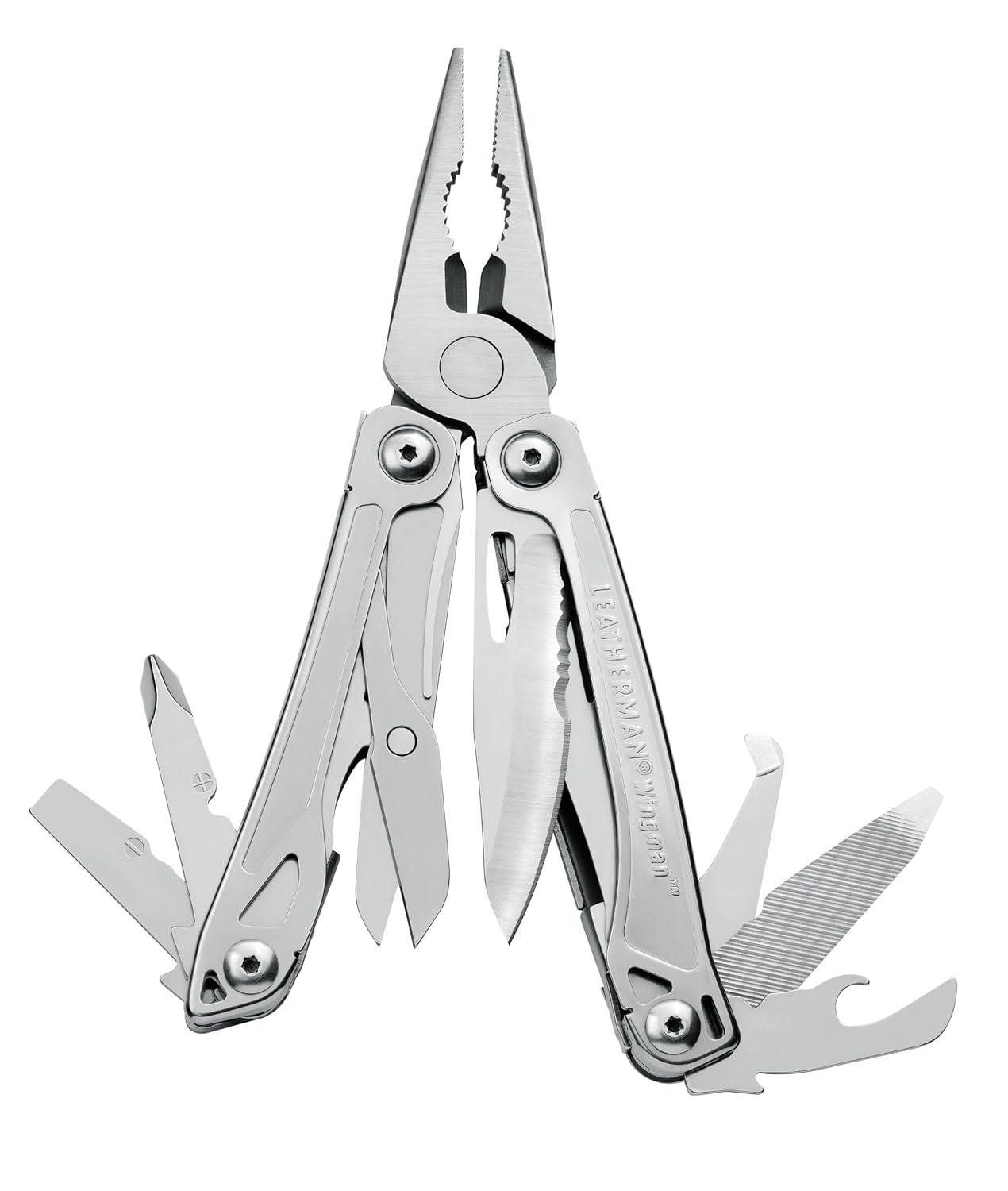
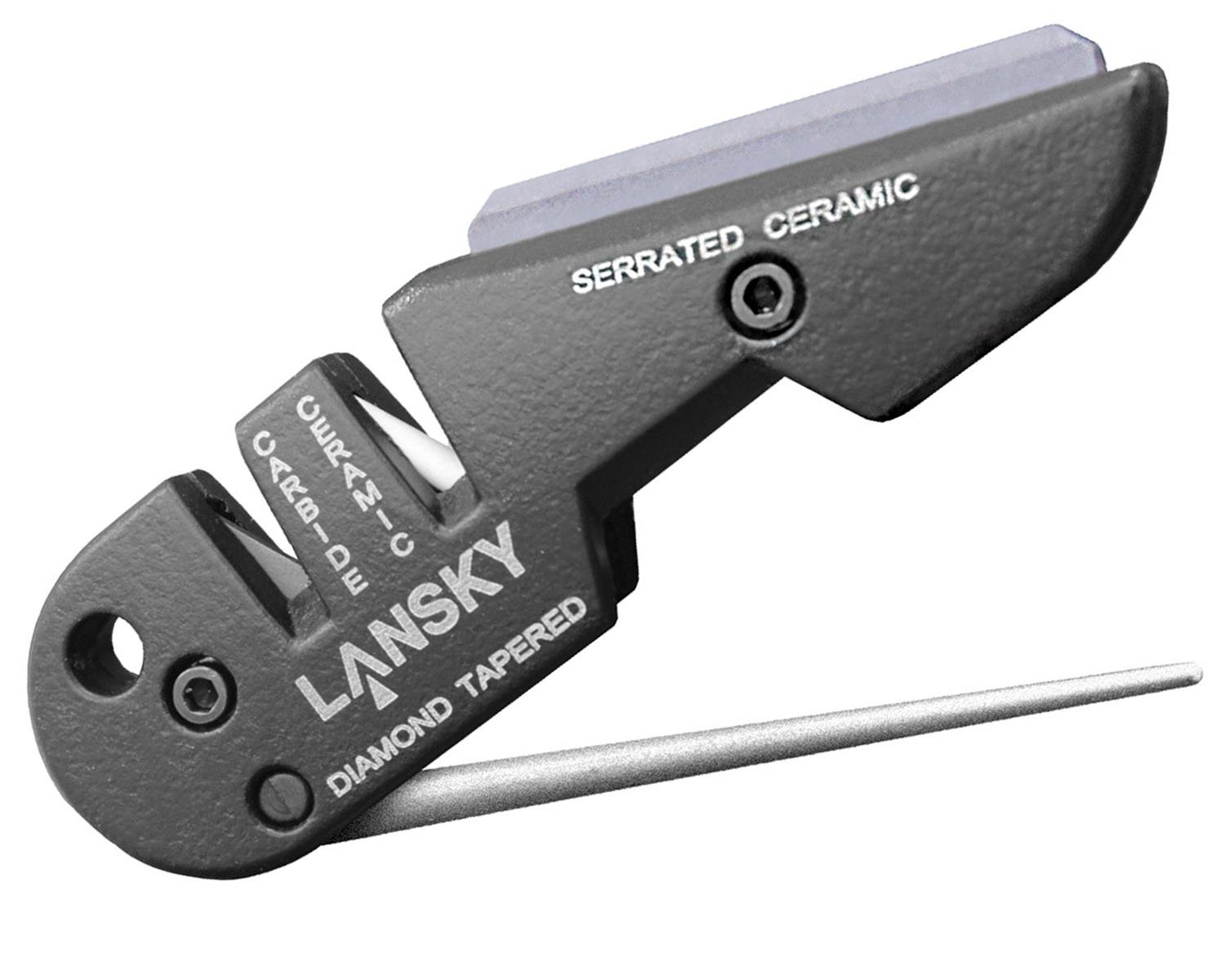


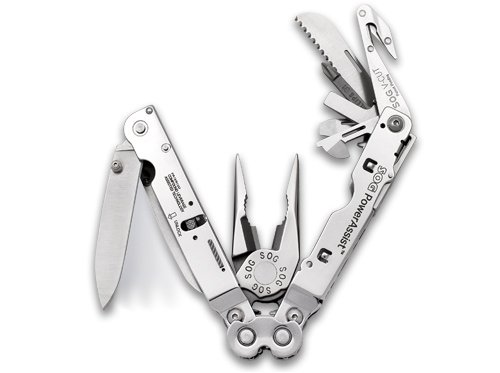
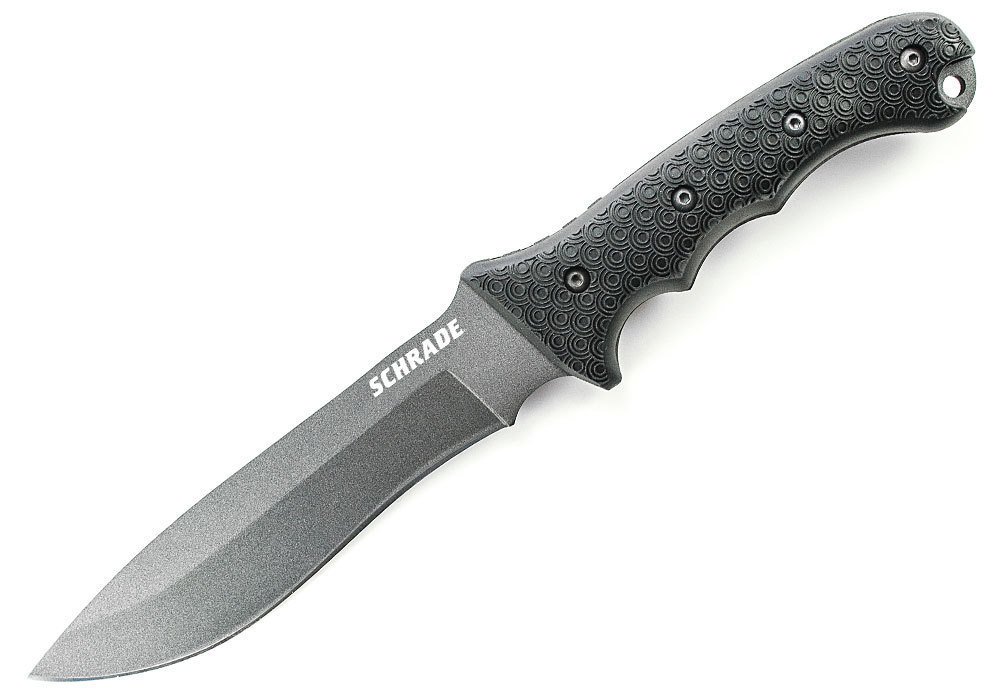
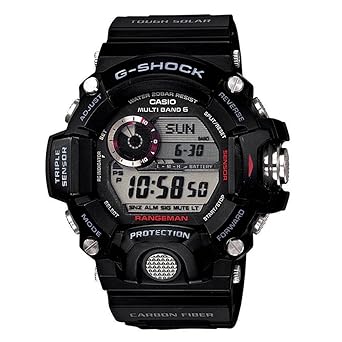
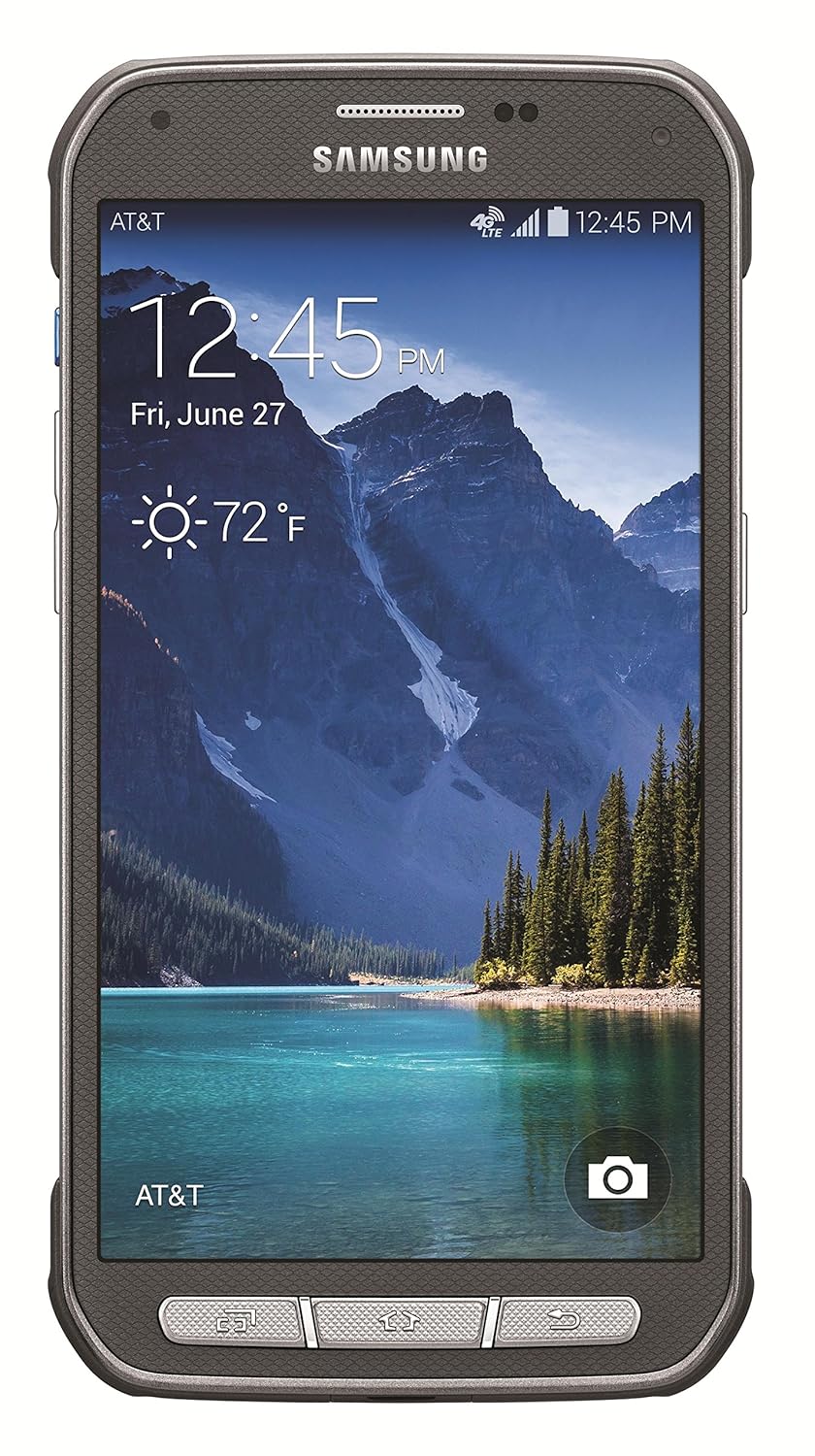
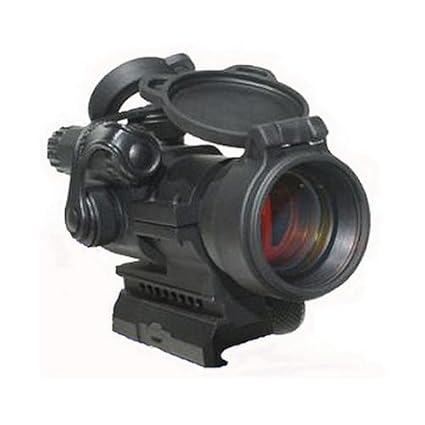






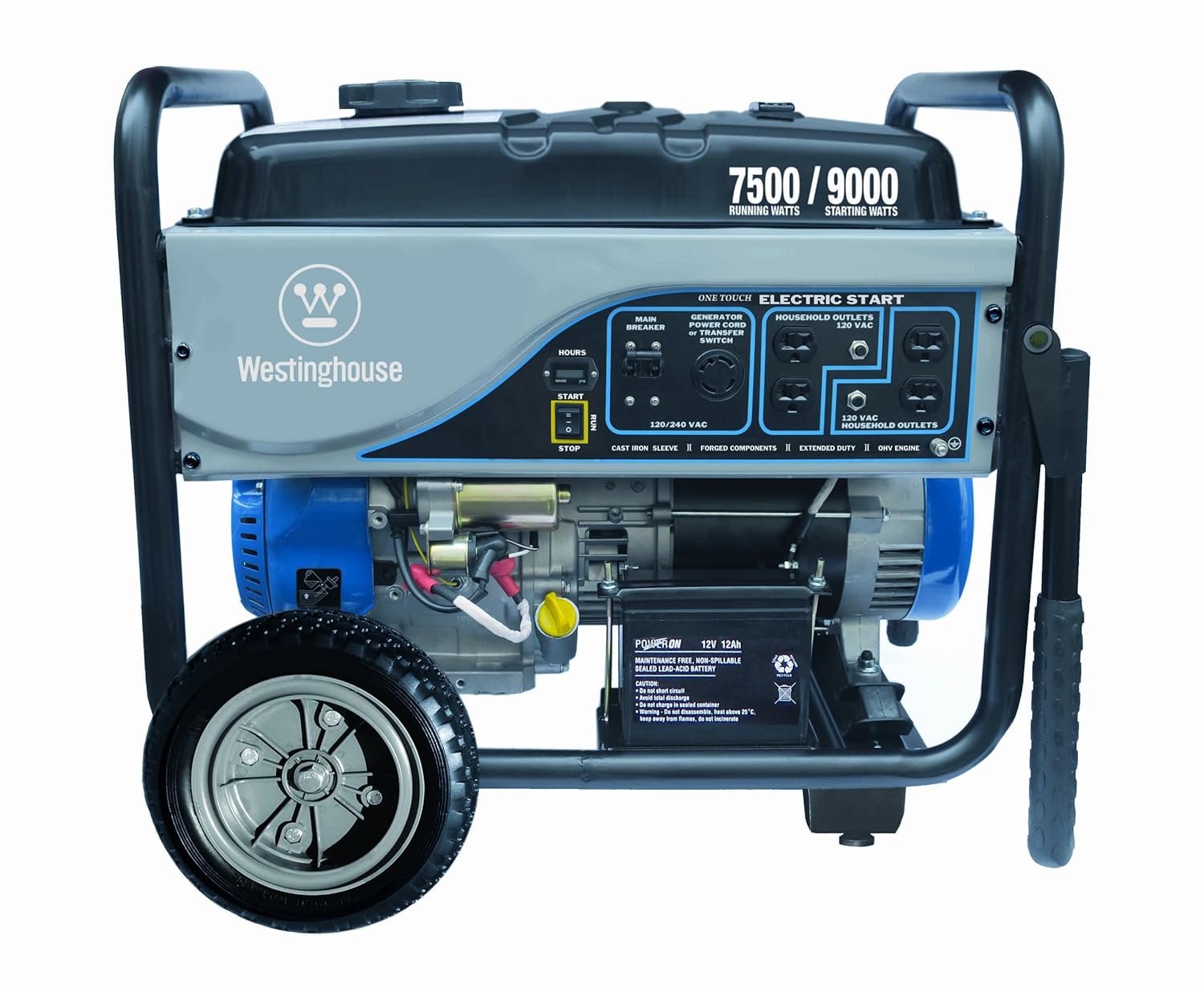





 Fenix PD20
Single CR123 cell. 6 modes including 180 lumen turbo mode.
General Mode: 9 lumens (35hrs) -> 47 lumens (6.5hrs) -> 94 lumens (2.6hrs) -> SOS
Turbo Mode: 180 lumens (1hrs) -> Strobe
15 days of survival use (2 continuous hours per day on the lowest setting)
Fenix PD20
Single CR123 cell. 6 modes including 180 lumen turbo mode.
General Mode: 9 lumens (35hrs) -> 47 lumens (6.5hrs) -> 94 lumens (2.6hrs) -> SOS
Turbo Mode: 180 lumens (1hrs) -> Strobe
15 days of survival use (2 continuous hours per day on the lowest setting)